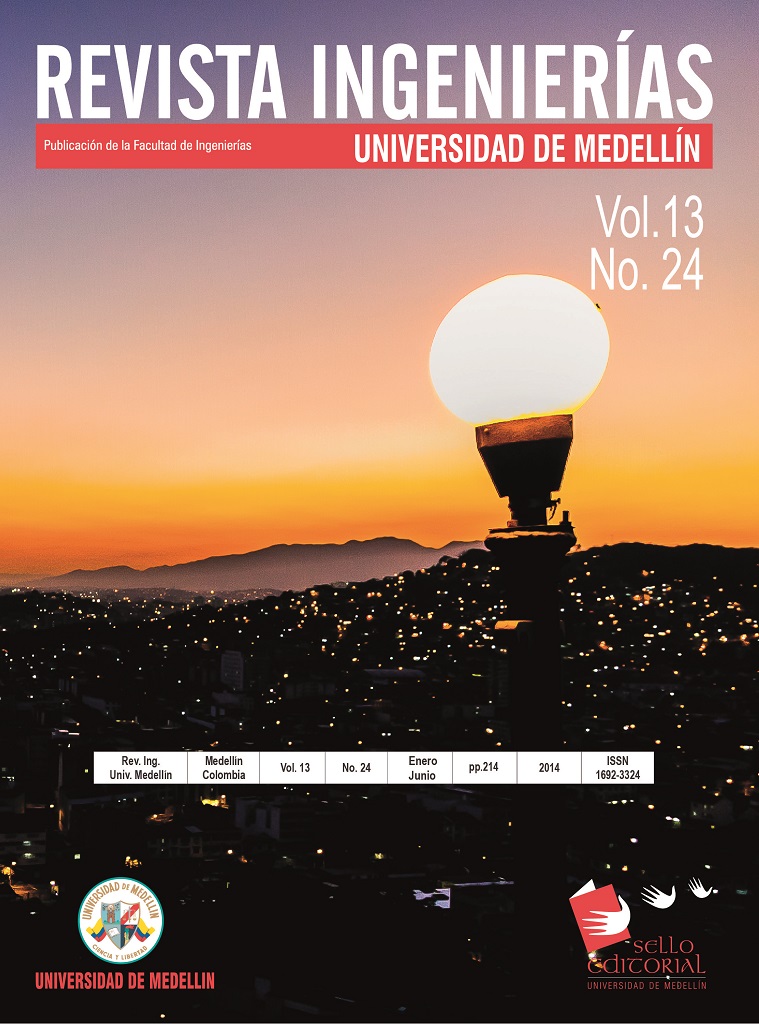Identification of chemical hazards in supply watersheds as an instrument for risk evaluation
Main Article Content
Abstract
Supply watersheds are the first and foremost barrier of the potable water supply systems (PWSS) and, therefore, the identification of hazards is a key instrument for supporting the evaluation and management of risks that could compromise the quality of potable water. The chemical hazards of the upper watershed of the Cauca river (Colombia) were identified in this study, taking as a basis the construction of prioritization matrices and the characterization of water and sediments. According to the uses of the soil, five priority substances and fourteen pesticides that need to be controlled were identified. The characterization of the chemical hazards in water and sediments exhibited the presence of several heavy metals and substances of sanitary interest that could represent health risks if
the PWSS supplied by this source in the evaluated section do not have adequate treatment barriers.





